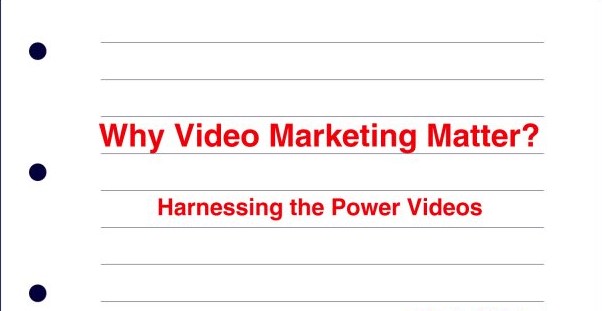In a digital age where video content reigns supreme, understanding how to optimize your videos for search engines is essential for capturing your target audience’s attention. Whether you’re a content creator, marketer, or business owner, SEO for video is a powerful tool that can help your content shine on platforms like YouTube and beyond. In this blog post, we’ll explore the world of video SEO and how to make your video content discoverable to a wider audience.
Why Video SEO Matters

Video content is booming, and platforms like YouTube have millions of videos competing for viewers’ attention. To ensure your videos stand out, you need to optimize them for search engines. Here’s why video SEO is crucial:
1. Increased Visibility:
Properly optimized videos are more likely to appear in search results, leading to increased visibility and more clicks.
2. Higher Engagement:
Videos that are easy to find and relevant to user queries tend to have higher engagement rates, with viewers spending more time on your content.
3. Brand Authority:
Consistently delivering well-optimized video content can establish your brand as an authority in your niche.
4. Improved Conversions:
Engaging videos that rank well can drive more traffic to your website or lead to increased conversions on your YouTube channel.
Optimizing Video Content

To make your videos more SEO-friendly, consider the following best practices:
1. Keyword Research
Start with thorough keyword research to identify the search terms and phrases your target audience is using. Tools like Google’s Keyword Planner and YouTube’s Search Suggest can help you discover relevant keywords.
2. Video Title
Craft an engaging, descriptive video title that includes your target keyword. It should give viewers a clear idea of what to expect from your video.
3. Video Description
Write a comprehensive video description that provides additional context, includes your keywords, and encourages viewers to engage with your content. You can also include links to relevant resources, your website, or social media channels.
4. Tags
Use relevant tags to help search engines and users understand the content of your video. Include variations of your target keywords as tags.
5. Thumbnail Optimization
Design an eye-catching and relevant custom thumbnail for your video. A compelling thumbnail can increase click-through rates.
6. Closed Captions
Including closed captions (subtitles) not only makes your content more accessible but also helps search engines understand your video’s content, potentially improving rankings.
7. Transcripts
Uploading a transcript of your video’s audio can provide an additional source of keyword-rich content for search engines to index.
8. Category and Playlist
Choose the appropriate category for your video, and consider organizing your content into playlists to improve navigation and user experience on your channel.
9. Engagement Signals
Encourage likes, comments, shares, and subscriptions. These engagement signals can positively impact your video’s rankings.
10. Promote on Social Media
Sharing your videos on social media can increase their reach and engagement, sending positive signals to search engines.
Beyond YouTube: Video SEO for Websites

Video SEO doesn’t stop with YouTube. If you embed videos on your website, follow these additional steps:
1. Video Schema Markup:
Implement video schema markup on your website to provide search engines with structured data about your videos.
2. Sitemap Submission:
Submit a video sitemap to search engines, ensuring your website’s video content is crawled and indexed.
3. Page Load Speed:
Optimize your website’s load speed, as this can affect video SEO on your site.
Measuring Success
To track the success of your video SEO efforts, monitor metrics like views, watch time, click-through rate (CTR), and engagement on platforms like YouTube. Additionally, use tools like Google Analytics to gauge the impact of video content on your website’s overall performance.
Conclusion
Video SEO is a valuable skill in today’s digital landscape. It can help you reach a broader audience, establish brand authority, and ultimately drive more traffic and conversions. By optimizing your video content with relevant keywords, engaging titles and descriptions, and encouraging user engagement, you can unlock the full potential of video marketing. Whether on YouTube or your website, video SEO is a powerful tool to help your content stand out in a crowded online world.
